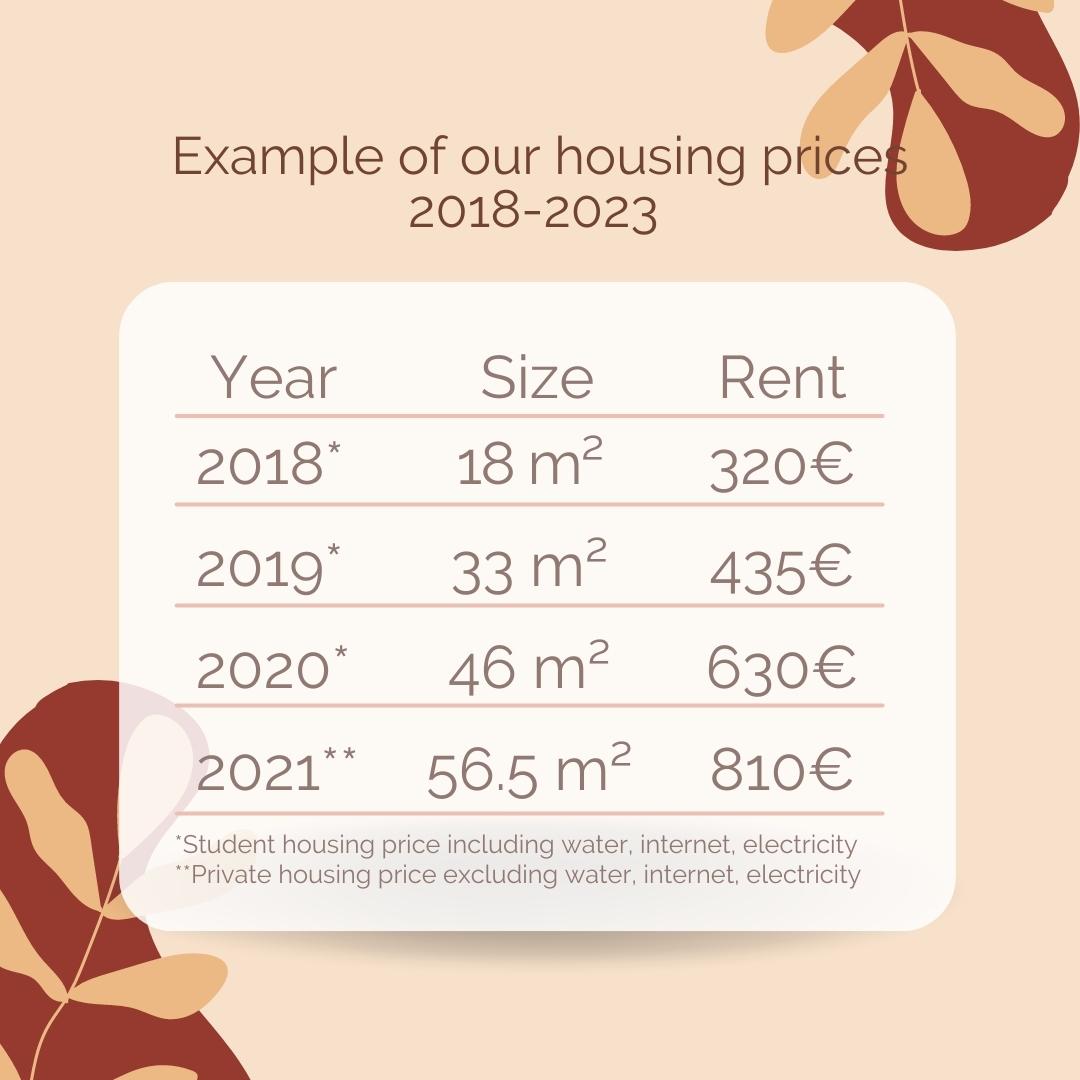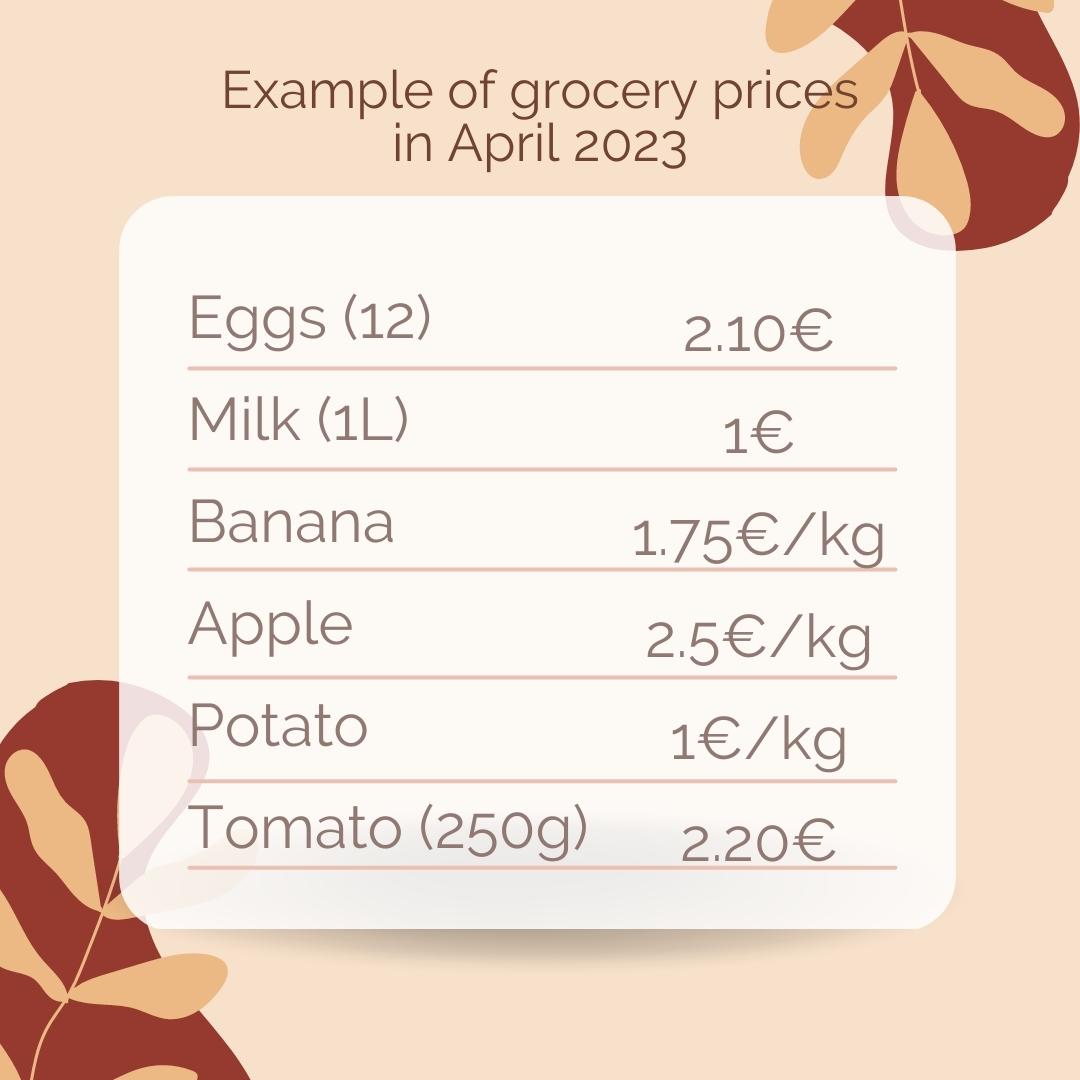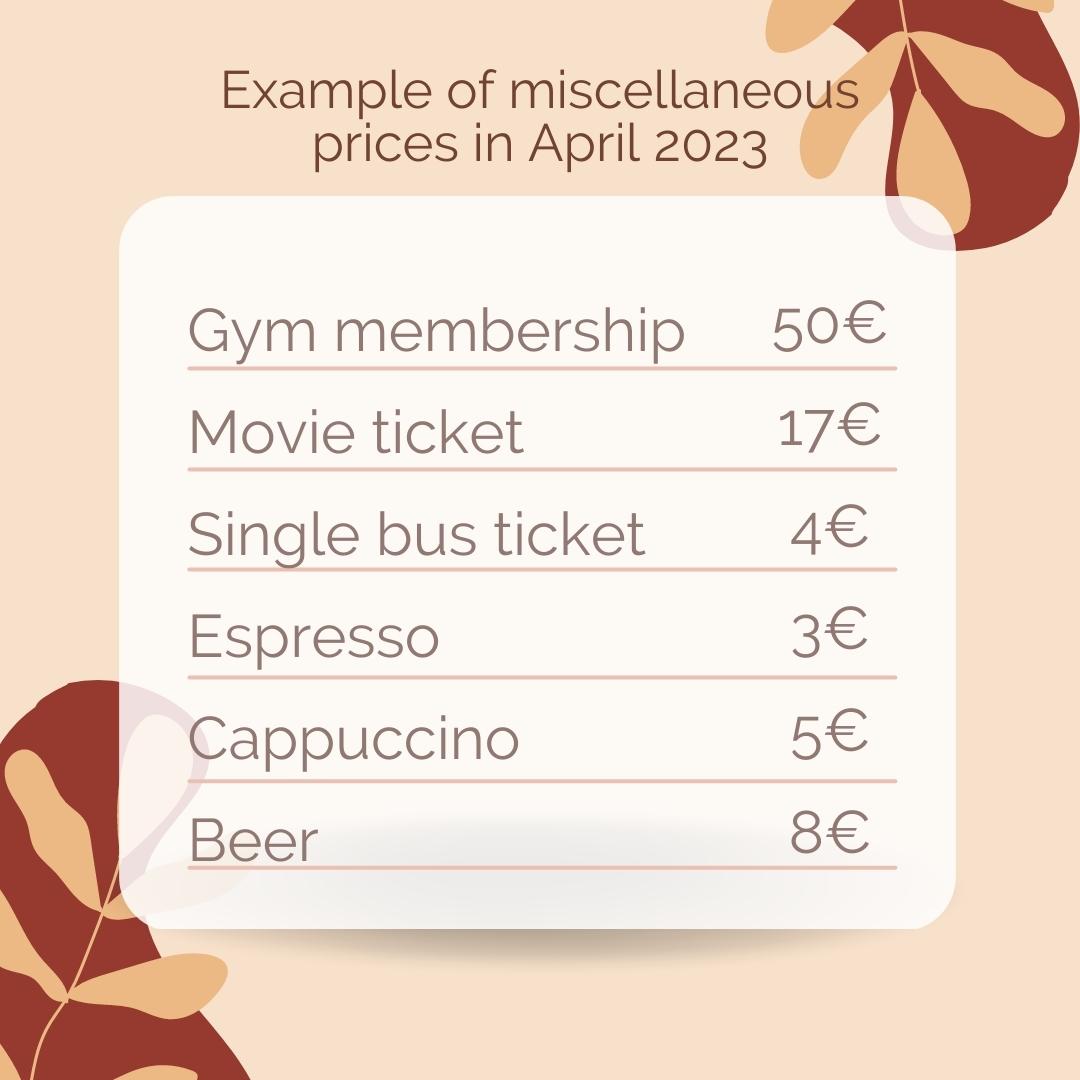Text and images: Couple of Expats
Looking to move to Finland? As a Nordic country, Finland has a reputation for being expensive, but it’s actually the most affordable option in the region. That being said, the cost of living in Finland may still be higher than what you’re used to in your home country.
To help you get a better understanding of what to expect, we’ve put together a comprehensive guide to the cost of living in Finland. From housing and food to transportation and other miscellaneous expenses, we’ll cover all the important factors you should consider when calculating your living expenses in this beautiful country.
Price of accommodation
Accommodation can be the biggest monthly expense to account for. If you’re an international student planning to come to Finland, student housing is a very convenient and affordable option. For those who are not eligible for student housing, one would need to find an apartment in the private market. Several websites, such as Oikotie, Etuovi, and Vuokraovi, are dedicated to private housing. Keep in mind that it’s standard practice for apartments to require a deposit of 1-2 months’ rent. Also, be sure to enquire in advance whether the rent is inclusive of water, electricity, and internet.
Choosing inexpensive accommodation by learning more about the neighbourhoods of your city or finding someone to share accommodation with can help keep your accommodation costs to a minimum. At the time of preparing this blog in April 2023, renting a one-bedroom apartment in Turku costs around 600-800€ per month.

Price of food
The next expense to consider is the cost of food and groceries. There are several grocery store chains in Finland, such as Lidl, K market, S market, and Prisma. Lidl stores are the most affordable choice, while stores like K market and Prisma have a wider selection of items. The price per meal is cheapest when one cooks at home, and meal prepping for a few days or a week at a time can be efficient both in terms of time and cost. Budgeting tips also include downloading the Lidl app and getting loyalty cards from other grocery stores to collect bonus points.

Another great way to save money while shopping at grocery stores is returning the plastic and glass bottles you collect daily. Most stores have specific machines where you can deposit your bottles, and in return, you’ll receive a receipt that can be used to reduce the cost of your grocery bill. Not only is this a great way to save money, but it’s also an excellent way to practice environmental sustainability by recycling and reducing waste.
Eating out in Finland is on the costlier side and can add up quickly. For example, at the time of preparing this blog, the cost of an appetizer is between 10 and 15€, and a main course dish can be between 20-40€ depending on the type of food and restaurant of choice. In a nutshell, one restaurant bill can easily be equal to one week’s worth of groceries.
Price of transportation
Transportation costs depend on the mode of transport. If you’re interested in opting for a car, there are costs such as insurance and parking fees, and it’s advisable to carefully plan which costs are one-time and which ones are recurring. Finnish cities are well-connected with public transportation as well, so one can usually get by without a car. There are public buses in all Finnish cities, while cities such as Tampere and Helsinki are also connected by tram.
The minimal cost of transportation, such as using a monthly bus card, costs between 30-60€ based on the city (38€ for student bus card and 55€ regular bus card in Turku in 2023). Many also opt to skip paying public transportation fees and commute by bicycle or scooters, especially during the summer months.
Miscellaneous expenses
While the above categories likely account for a big fraction of living costs, there are other expenses such as clothes, furniture, and gym memberships. The cost of clothing very much depends on the brand and store, but there are plenty of choices available at different price ranges. Finland also has many thrift stores where one can find inexpensive clothes as well as home items and furniture. Many newcomers opt for furniture from recycling centre stores (like Ekotori) or Ikea, as they are wallet-friendly options. Gym memberships cost an average of 50€ per month, while student gym memberships cost a fraction of the price. Lastly, the price of a beer is somewhere between 6-12€.

Salaries in Finland
Salaries vary greatly in Finland based on industry and experience level. In 2022, the minimum wage for cleaning jobs and construction started at 11.2€ per hour. Students usually work jobs in the cleaning, service, and hospitality industries where the hourly wages vary between 11€ and 15€ depending on the company. For individuals with a study residence permit, one is allowed to work a maximum of 30 hours a week or 120 hours a month. This can give you an idea of how much you can earn while studying, and if it’s enough to sustain yourself. For full-time work, the median salary in Finland surpassed 3 300€ in 2022. While Finland’s median income is above the European average, this doesn’t necessarily provide a full picture since purchasing power varies between different countries.
Welfare in Finland
The welfare system or social security in Finland could be argued to be among the best in the world. The universal welfare system provides support for students, pensioners, as well as housing and unemployment benefits for people going through an unfavourable time. Finland also has free education and healthcare, which still remains a matter of financial challenge for people living in many countries around the world. Furthermore, Finland’s strong social security, universal healthcare and free education are noteworthy as the government’s support acts as a safety net, while giving everyone an equal chance to education and a healthy life.
Conclusion
The true cost of living depends on numerous factors including lifestyle and location. The minimum funds required by Migri for a student resident permit are 560€ per month, whereas the financial requirements for bringing a family member, if one is granted a resident permit, is a minimum of 1 000€ per month. In conclusion, the cost of living can be on the expensive side in Finland, but with some financial planning and a decent salary, it’s possible to live comfortably.
Watch the video
Text and images: Couple of Expats
#TalentBoost